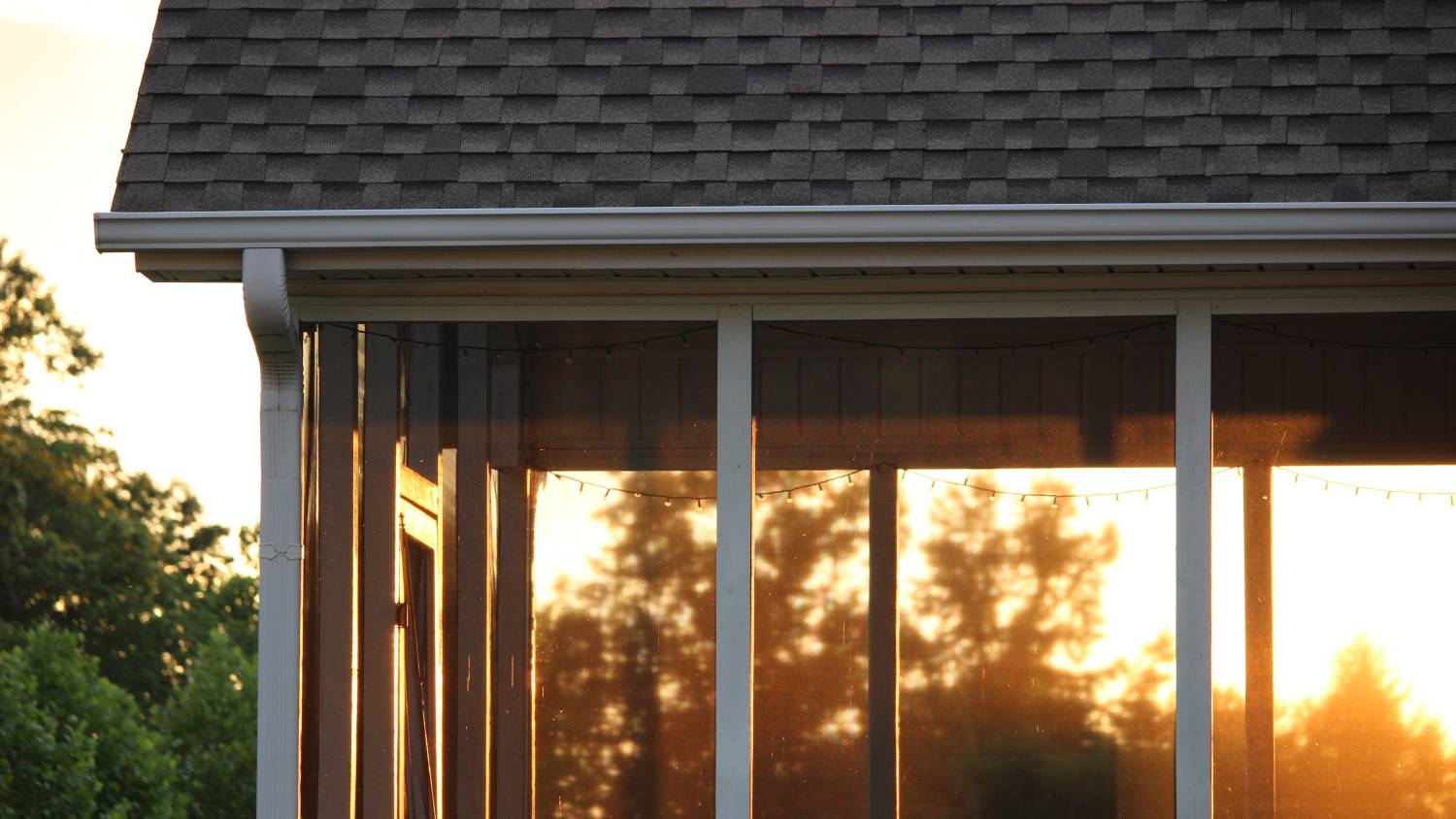

Find a professional gyprocker contractor in Central Queensland
Fill in a short form and get free quotes for local gyprocker contractors in Central Queensland
Excellent rating - 4.3/5 (10900+ reviews)
Get help from a local Gyprock installer
- Residential
- Commercial plasterboard
- Perforated
- Cornice
- Adhesives
- … or anything else
Recent Gyprock Installation tasks in Central Queensland
Gyprock Plasterer
$2,000
Keppel Sands QLD, Australia
12th May 2023
Plasterer required for 1-2 days to set a commercial Bottle Shop - Due date: Needs to be done on Saturday, 13 May 2023
Wall gyprocked
$700
Boyne Island QLD, Australia
30th Jan 2022
Replace gyprock sheeting on two walls. Both walls will be prepped ready. Replace cornice where needed. No painting required. - Due date: Needs to be done on Friday, 11th Feb 2022
What is Airtasker?

Post your task
Tell us what you need, it's FREE to post.

Review offers
Get offers from trusted Taskers and view profiles.

Get it done
Choose the right person for your task and get it done.
- Get it done now. Pay later.
- Repay in 4 fortnightly instalments
- No interest
- Available on payments up to $1,500
Related Services near me
What does a gyprock installation services include?
Installing or repairing gyprock drywall generally involves assessing your space, measuring, cutting, applying adhesive, hanging, joining, and finishing. But there can be some variation in the method, depending on where your gyprock is being installed. Here are some of the most common drywall installation and repair jobs:
Gyprock wall installation
Installing gyprock walls starts with measuring the wall dimensions and cutting the plasterboard sheet with a knife. Your plasterboard installer will do one sheet at a time, laying sheets of gyprock on the wall studs and attaching with adhesive, then nailing into place. They’ll repeat the process until all gaps are filled with gyprock sheeting, before joining any edges (using angle beads on corners) and coating with Gyprock compounds. Once the compounds are dry, they’ll sand the surface for a smooth finish.
Gyprock ceiling installation
Installing gyprock ceilings involves a similar process to walls, with a few key differences. After measuring and cutting, your installer will then measure and mark locations for electrical wires and fixtures. They’ll cut these holes using a small saw before attaching the gyprock sheets, one at a time, to the ceiling joists with adhesive. Next they’ll screw the sheet into place before moving onto the next sheet, ensuring minimal gaps between sheets. Your installer will use a ladder and will most likely work with a second person to carefully place each sheet on the ceiling. After the ceiling is complete, they’ll join the edges with compounds (up to 3 layers may be required) before sanding smooth.
Gyprock cornice installation
Once walls and ceiling are in place, your handyman will install gyprock cornices to neatly mask the joins. They’ll measure each room along the top of the wall, from corner to corner, to determine the length of each cornice piece. They’ll mark each cornice and cut it to size, using a mitre box to get the right angles for each end. Next, they’ll line up each cornice, checking that the lengths and angles are correct, before applying adhesive and lightly securing them in place with nails. Your installer will apply cornice cement to the corner points where two cornice pieces join and any other gaps. They’ll use a damp sponge to clean off excess cement. After setting to dry for a couple of hours, your handyman will carefully remove the nails and fill holes with more cement, cleaning the area and sanding once dry.
Gyprock repair
Gyprock can wear down over time and is prone to scratches, dents, and holes from everyday use, whether you have active children or need to move around furniture. It’s important to get gyprock wall repairs sorted sooner rather than later so that problems don’t get worse over time. Your handyman will start the gyprock hole repair by cleaning the area and scraping out any excess plaster or debris that may have accumulated. The next step will depend on the size of the hole or issue. Holes bigger than 1cm that go all the way through will need a bridging material (like adhesive fibreglass mesh) installed. This will cover the hole, with a 2-3cm overhang. After applying the mesh, your handyman will apply a layer of fast-setting putty to cover the area. Once it’s dry, they’ll gently sand the area and repeat with a second layer of putty, before doing a final sanding.









